
If you’ve seen the headlines or social media chatter lately about Lowe’s stores, you might be wondering: are all Lowe’s stores really shutting down? With over 1,700 locations across the U.S., the idea of a nationwide closure has sparked plenty of concern. But the truth behind the buzz is more specific—and less alarming—than it sounds.
Are Lowe’s Stores Really Closing? Here’s What’s Actually Happening
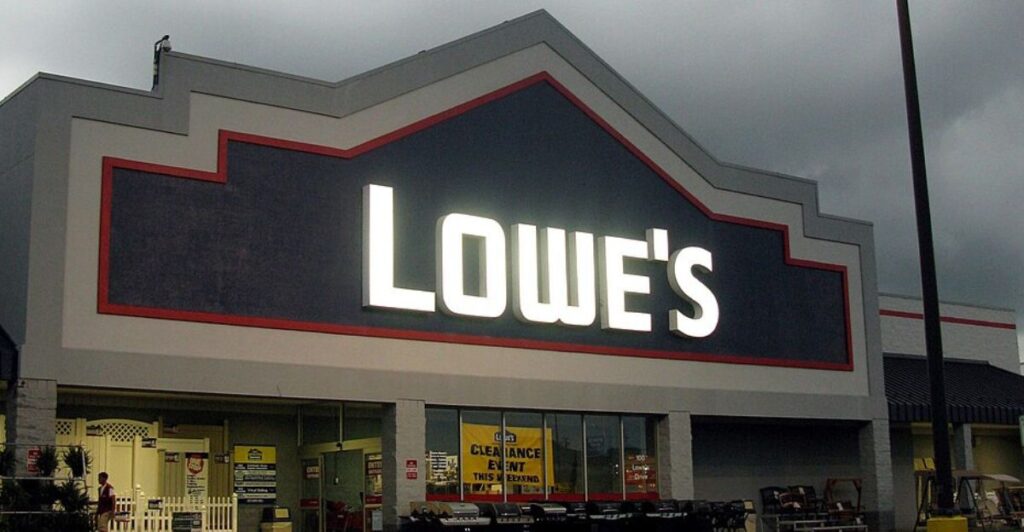
The short answer: yes, but only for one day. Lowe’s will close all of its U.S. locations on Easter Sunday, April 20, 2025, as part of an annual employee appreciation initiative. This temporary closure isn’t due to financial issues but a continued effort to support workers’ well-being.
“I’m extremely proud of the commitment of our 300,000 associates who support our communities while providing excellent customer service,” said CEO Marvin Ellison. “We are pleased to provide a well-deserved day off so they can spend Easter with their loved ones.”
Now in its sixth year, this company-wide break reflects a growing trend among major retailers to recognize the importance of work-life balance—especially around significant holidays like Easter.
What Customers Should Expect During the Closure

Lowe’s Easter Sunday closure will span from 10 p.m. on Saturday, April 19, until 6 a.m. on Monday, April 21, 2025. During this time, all 1,751 U.S. locations will be closed, including customer service lines and in-store pickup options.
Online ordering will still be available, but no orders will be fulfilled or shipped until stores reopen. Customers planning home improvement projects or purchases around the holiday should plan accordingly to avoid disruptions.
While it’s just a 24-hour pause, the closure affects all store formats equally—from urban showrooms to suburban superstores. Lowe’s recommends visiting ahead of the weekend for any urgent needs. This brief closure ensures store associates get a full, uninterrupted day off with their families.
Holiday Closures vs. Permanent Shutdowns—What’s the Difference?
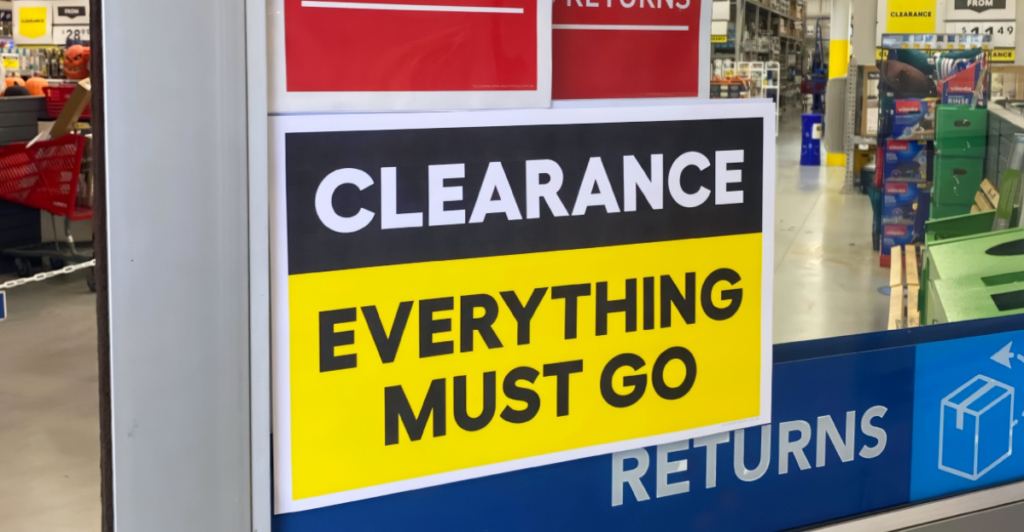
It’s important to distinguish between a one-day holiday closure and a permanent store shutdown. Lowe’s Easter Sunday pause on April 20, 2025, is a planned, 24-hour break—part of its yearly employee appreciation initiative. Stores will close at 10 p.m. on April 19 and reopen at 6 a.m. on April 21.
This is very different from the company’s 2018 move to permanently shutter 51 underperforming stores across North America—decisions made based on performance, not seasonal observance. The current closure reflects a growing corporate trend of supporting employee well-being during major holidays.
It’s not a sign of financial trouble, and Lowe’s 1,751 U.S. locations remain fully operational outside of this brief, scheduled pause.
Lowe’s Easter Tradition: A Six-Year Commitment to Employees
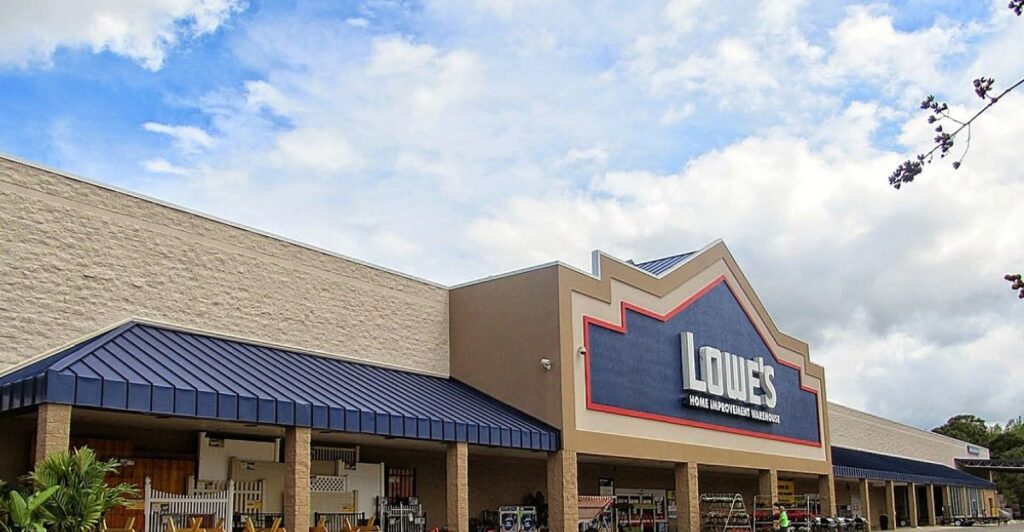
Lowe’s Easter Sunday closure isn’t a one-time gesture—it’s a tradition six years strong. Since 2019, the company has closed all U.S. stores each Easter, offering its 300,000 associates a full day to spend with family. This practice began under CEO Marvin Ellison and has become a key part of Lowe’s employee appreciation efforts.
“This is the sixth year in a row that Lowe’s has chosen to close for the holiday,” one report notes, highlighting its consistency. Rather than a response to market trends, it’s a reflection of corporate values that prioritize work-life balance.
By making this closure a staple of its calendar, Lowe’s positions itself as an employer that values its people—not just profits.
Lowe’s Current Retail Footprint: Where Are the 1,751 Stores?
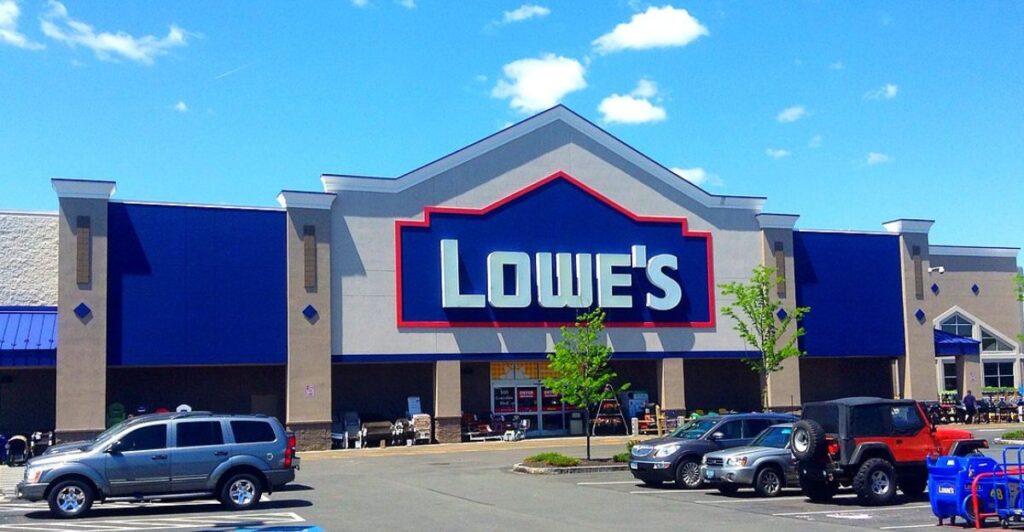
Lowe’s operates 1,751 stores across the U.S. as of March 2025, with a stronghold in the South. Texas tops the list with 144 stores, followed by Florida with 132. This widespread presence solidifies Lowe’s as a retail giant in the home improvement space—second only to Home Depot.
The chain’s store distribution reflects strategic targeting of regions with booming housing markets and high renovation demand. Whether in major cities or small towns, every Lowe’s location will observe the Easter Sunday closure.
From bustling urban hubs to quiet rural communities, all stores will close on April 20, 2025, highlighting the company’s unified approach to employee appreciation, regardless of regional market importance.
The Real Reason Behind Lowe’s Easter Sunday Closure
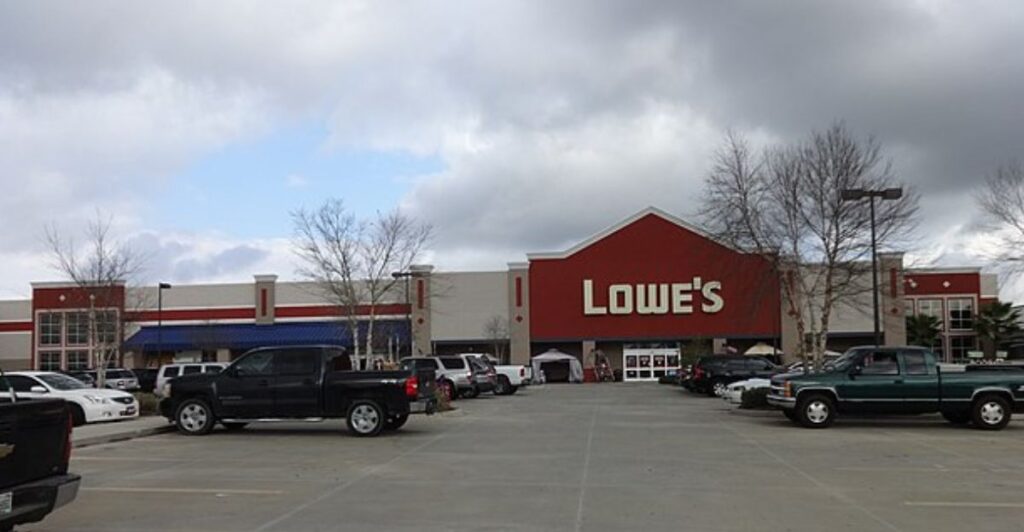
Lowe’s Easter Sunday closure is rooted in a commitment to recognizing the hard work of its employees. CEO Marvin Ellison emphasized the importance of allowing staff time to recharge and connect with family during meaningful holidays.
This initiative isn’t about budget cuts—it’s about people. With spring being one of the busiest retail seasons, Lowe’s aims to give its 300,000 associates a break to rest and reset. The closure reflects a broader cultural shift in corporate America toward prioritizing employee well-being.
By framing the day off as a gesture of gratitude rather than a financial decision, Lowe’s reinforces its identity as a company that values its workforce as much as its bottom line.
Other Major Retailers Following Similar Easter Closure Patterns
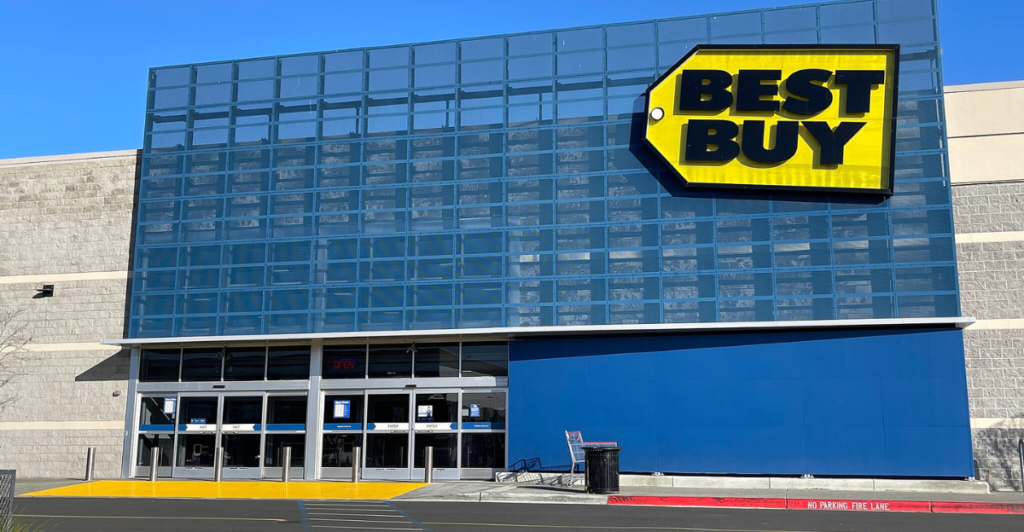
Lowe’s isn’t the only major retailer hitting pause for Easter Sunday. Big names like Best Buy, Costco, Target, and TJ Maxx will also remain closed on April 20, 2025. The list extends to JCPenney, Kohl’s, Macy’s, Sam’s Club, Aldi, and Michaels—signaling a widespread industry shift.
These closures reflect a growing trend: prioritizing employees’ time with family over staying open year-round. Once defined by a 24/7 retail culture, many companies are now rethinking what matters most. Rather than viewing holidays as lost profit, retailers are increasingly recognizing them as opportunities to build goodwill and retain talent.
With so many stores choosing to close this Easter, it’s clear that valuing employee well-being is becoming a new norm in retail.
The Historical Context: Lowe’s 2018 Store Closures
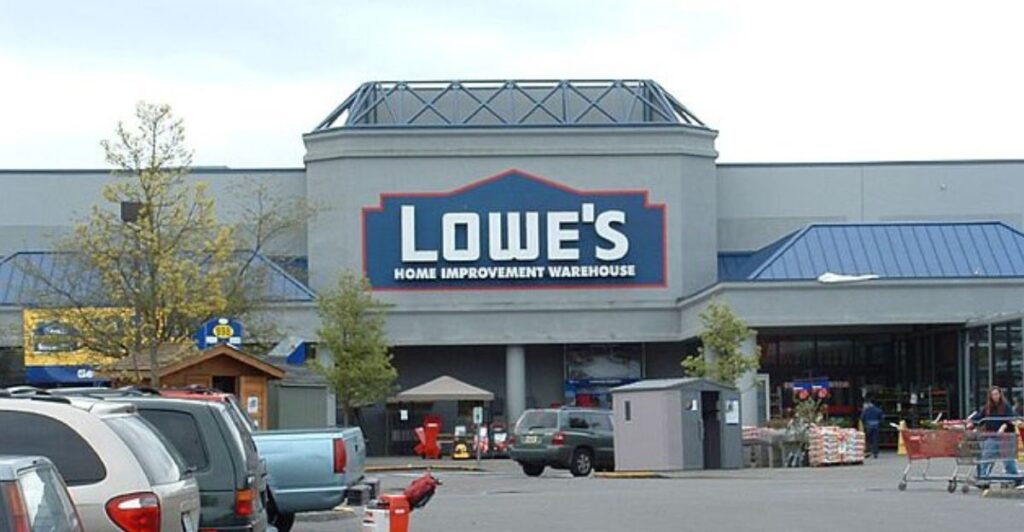
To understand the recent buzz over Lowe’s Easter shutdown, it helps to revisit its 2018 restructuring. That year, under new CEO Marvin Ellison, Lowe’s announced the closure of 51 underperforming stores—20 in the U.S. and 31 in Canada.
This strategic move aimed to streamline operations and focus resources on stronger-performing locations. Ellison stated the closures were necessary for building a more efficient and competitive business.
Importantly, many of the shuttered stores were located within 10 miles of another Lowe’s, minimizing disruption. Affected employees were offered transfers to nearby stores. The move highlighted the company’s ability to make tough decisions while retaining talent and preserving service in key markets—a far cry from the temporary, planned closures we’re seeing now.
Economic Impact of Store Closures vs. Holiday Pauses

Permanent store closures like those in 2018 create far-reaching ripple effects—lost jobs, reduced local revenue, and strained communities.
For example, closing a single Lowe’s could translate to millions in lost economic activity and dozens of job losses across direct and supporting sectors. In contrast, holiday closures—like this Easter—are brief, planned, and low-impact. While stores pause for a day, sales typically shift to surrounding dates, not vanish. Plus, operational costs decrease for the day, balancing any dip in revenue.
Perhaps most significantly, giving employees guaranteed time off boosts morale and retention, a smart move in today’s tight labor market. The distinction between temporary pauses and permanent exits is critical in gauging the real economic stakes of Lowe’s holiday policy.
Behind the Headlines: The Viral Misinformation Phenomenon
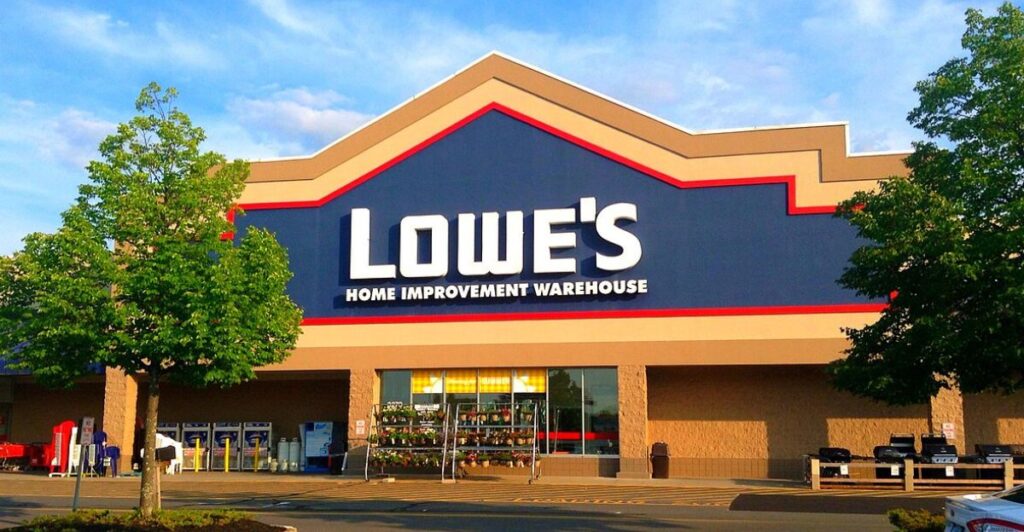
Online confusion about Lowe’s Easter closure highlights how quickly facts can get distorted. When headlines like “Lowe’s closing 1,751 stores” spread across social media, many assumed a massive shutdown was underway.
But in today’s rapid-fire news cycle, nuance often gets lost. Misleading viral content can fuel panic, affect consumer behavior, and hurt brand perception. This Easter story is a prime example of why context matters.
Lowe’s didn’t suddenly decide to abandon its stores—it continued a years-long tradition of giving employees time off. In an age of trending hashtags and short attention spans, companies must double down on clear, consistent communication to avoid being misinterpreted.
Lowe’s Position in the Home Improvement Market Battle
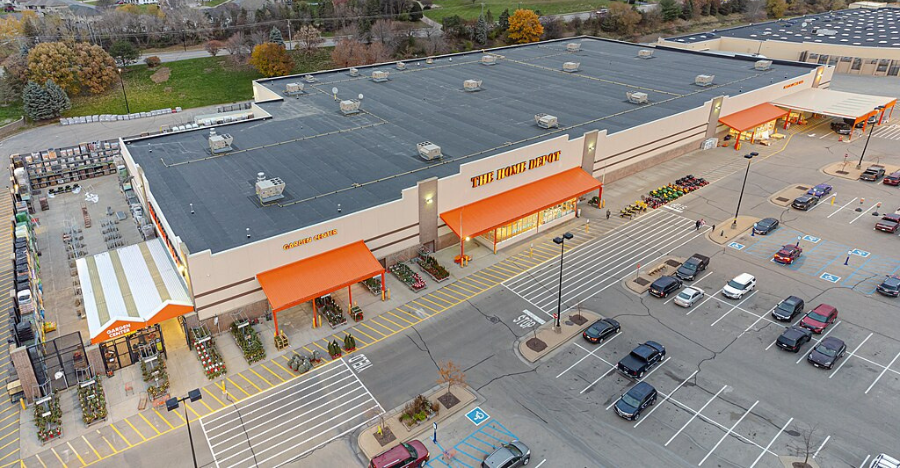
Even with a shared Easter pause, Lowe’s and Home Depot remain fierce competitors. Home Depot leads the market by a wide margin, with fiscal 2024 revenue of $159.5 billion—nearly double Lowe’s $83.67 billion.
About 50% of Home Depot’s sales come from professionals, compared to 20–30% for Lowe’s. CEO Marvin Ellison, who spent 12 years in senior roles at Home Depot and later led J.C. Penney, has been working to grow Lowe’s pro segment, targeting small and mid-sized contractors.
While holiday closures may seem symbolic, they reflect each brand’s culture. Lowe’s aims to be a strong No. 2 with its own identity—one that prioritizes service, employee appreciation, and strategic focus over an “always-open” model.
Employee Perspectives on the Easter Closure

For many Lowe’s employees, the Easter closure is more than a policy—it’s personal. “It’s the only day my whole family’s together,” shared a cashier from North Carolina. Another employee in Ohio said, “It’s a chance to recharge, not just physically, but mentally.”
This appreciation isn’t lost on leadership. By giving workers a guaranteed day off, Lowe’s fosters loyalty in a high-turnover industry. Labor groups see this as a small but meaningful shift in how retail treats its workforce.
When companies prioritize employees, even in simple ways, it sends a powerful message. The Easter closure has become symbolic—proof that people matter. In retail, where schedules are often unpredictable, one dependable day off can go a long way.
Planning Your Home Improvement Schedule Around the Closure

If your DIY project hinges on a Lowe’s run, plan ahead: all locations will close at 10 PM on Saturday, April 19, and reopen Monday morning, April 21, at 6 AM. That’s 32 hours without in-store service.
Most shoppers won’t be affected—Easter Sunday tends to be a quiet day—but for those facing a plumbing emergency or last-minute garden prep, it pays to stock up early. Customers can still use the Lowe’s app or website during the closure, but same-day fixes won’t be an option.
Reports suggest a spike in sales the Saturday before Easter, so beat the crowds if you can. Lowe’s wants to ensure employees rest, but it also encourages customers to plan smarter, not later.
The Broader Retail Trend: Holiday Closures Making a Comeback
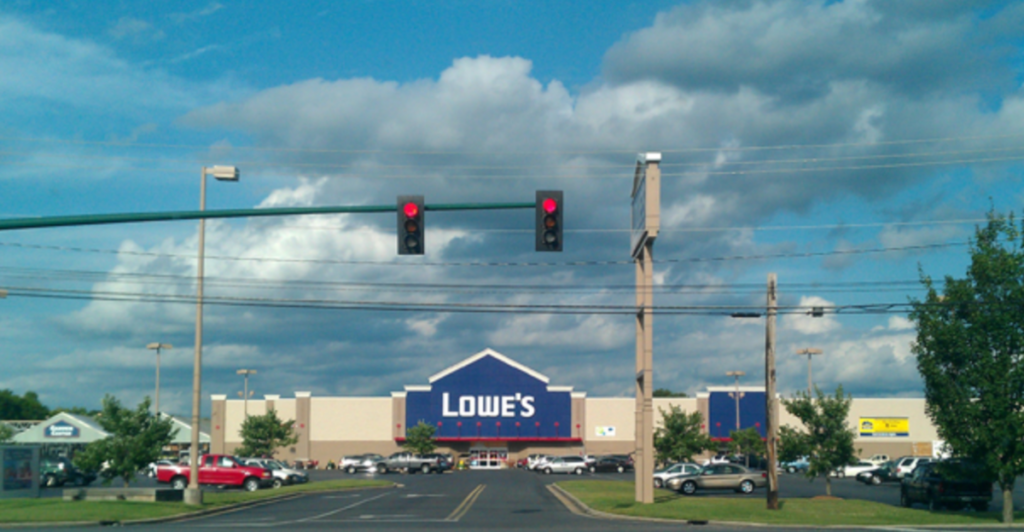
Lowe’s Easter pause isn’t an outlier—it’s part of a larger shift in American retail. After decades of “always open” policies, more companies are reevaluating holiday hours. Stores like Costco, Publix, and Marshalls have long closed for holidays, and others are following suit.
The COVID-19 pandemic played a big role in this rethinking, shining a light on worker fatigue and public appreciation for essential staff. Today’s shoppers are also more forgiving; many value companies that prioritize people over profits. Closing for holidays no longer signals weakness—it shows cultural awareness and empathy.
Retailers realize that staff wellbeing can translate into customer satisfaction. Lowe’s closure fits this new model, where a single day off symbolizes something much bigger.
Lowe’s CEO Marvin Ellison: Leadership Philosophy Behind the Decision

CEO Marvin Ellison has guided Lowe’s through major transitions, including strategic closures and supply chain overhauls. But his stance on employee-focused policies, like holiday closures, sets him apart.
Since becoming CEO in 2018, Ellison has maintained a clear stance: holidays like Easter, Thanksgiving, and Christmas should be work-free for employees. It’s not just goodwill—it’s strategy. Happy employees tend to be more productive and loyal. Ellison’s leadership style blends business pragmatism with a people-first approach.
From revamping store operations to investing in training, he’s focused on strengthening Lowe’s from the inside out. The Easter closure is a reflection of that mindset—a small move that speaks volumes about his broader vision for a more balanced, forward-thinking retail brand.
Customer Communication: How Lowe’s Announces Temporary Closures

Lowe’s doesn’t just shut the doors and hope for the best—it prepares customers well in advance. Holiday closures are shared via press releases, social media posts, email newsletters, and in-store signage. The messaging usually begins weeks ahead, making sure customers know when to shop and what to expect.
Despite this, confusion still spreads online—often due to misleading headlines or social media speculation. It’s a lesson in modern communication: clear messaging is vital, but it’s not always enough. Lowe’s continues refining its strategy, using FAQs and reminder alerts to improve clarity.
By reinforcing the closure as a gesture of appreciation—not a business retreat—Lowe’s tries to control the narrative before misinformation can take hold.
Comparing Lowe’s Holiday Strategy to Industry Standards
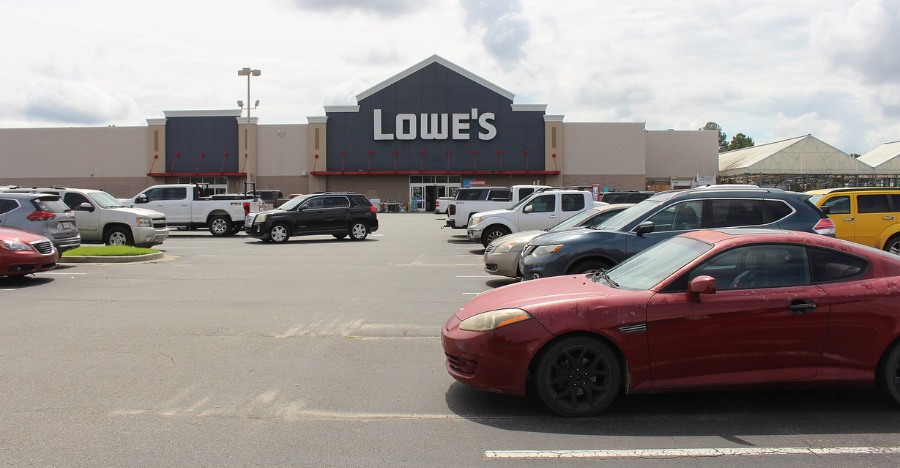
Within the broader retail world, Lowe’s holiday strategy strikes a balance. Companies like Costco and Nordstrom lean into holiday closures, while others like Walmart and CVS stay open nearly year-round. Lowe’s lands somewhere in the middle, closing for family-centered holidays like Easter and Christmas, but staying open during high-volume ones like Memorial Day or the Fourth of July.
This mix reflects both cultural respect and business pragmatism. Lowe’s isn’t attempting to match the most aggressive sales calendars—it’s choosing meaningful moments to pause. That approach, while not universal, is gaining ground across retail.
By selectively closing on holidays, Lowe’s maintains competitiveness without sacrificing employee care, setting a tone that may influence others to follow suit.
The Financial Mathematics of a One-Day Closure
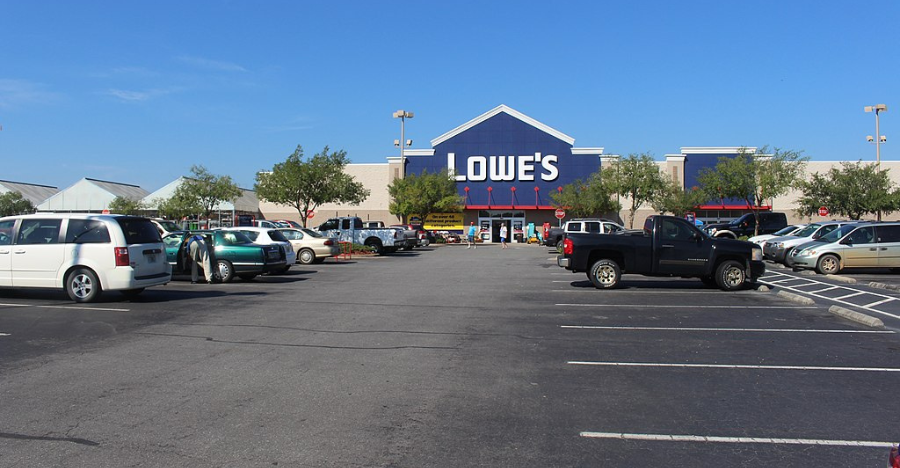
What does closing for one day actually cost a company like Lowe’s? Surprisingly, not as much as one might think. Easter Sunday is typically low-traffic for home improvement, and many sales simply shift to adjacent days. Operating costs—like utilities and payroll—are saved for the day.
Most importantly, the intangible gains, like employee satisfaction and brand goodwill, can offset temporary dips in revenue. In fact, avoiding burnout may reduce turnover and save long-term hiring costs. After six years of closing on Easter, Lowe’s internal data likely shows the trade-off is worthwhile.
In business terms, it’s a calculated pause—where the bottom line accounts for more than just dollars. Sometimes, stepping back for a day yields better results moving forward.
Local Economic Impact: What Happens When Lowe’s Closes?
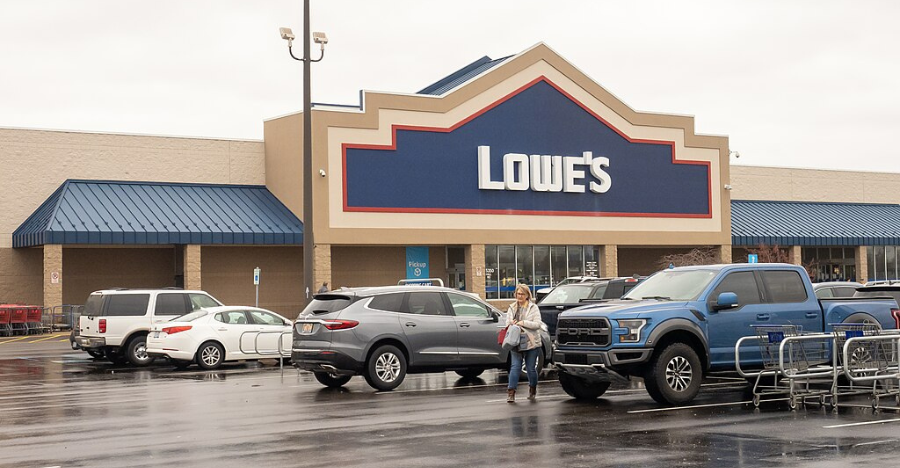
Permanent store closures can disrupt local economies, though the impacts vary. Historical examples show around 100 jobs lost per location, with one Illinois town reporting $150,000 in annual sales tax losses after a closure. While such events can lead to short-term vacancies and community distrust, many retail spaces are eventually re-leased.
Unlike temporary holiday closures, permanent shutdowns raise deeper concerns—but their broader economic impact may be less severe than assumed. Studies show most customers either travel to a different Lowe’s or shop online, with only 5% switching to competitors.
With over 11% of revenue from digital sales, Lowe’s omnichannel presence helps cushion the blow, even as local job and tax losses remain a pressing concern.
The Future of Lowe’s Retail Strategy: What’s Next After Easter?
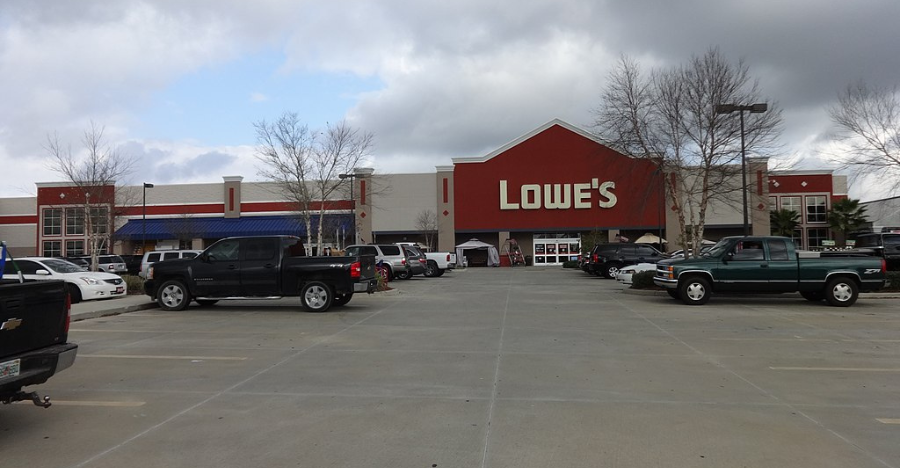
The claim that “Lowe’s is closing 1,751 stores by Easter” is misleading. This is a planned, one-day closure on April 20, 2025—Lowe’s sixth year observing Easter Sunday to honor employees. Stores will close at 10 PM on April 19 and reopen at 6 AM on April 21. It’s a gesture of appreciation, not a sign of downsizing.
Looking ahead, Lowe’s is pursuing a balanced growth strategy that blends digital innovation with physical retail. Under CEO Marvin Ellison, the company is working to strengthen its appeal to professional contractors while investing in technologies like augmented reality tools that enhance the shopping experience. Its selective holiday closures reflect a thoughtful approach to business—prioritizing both people and performance.
Discover more trending stories and Follow us to keep inspiration flowing to your feed!

Craving more home and lifestyle inspiration? Hit Follow to keep the creativity flowing, and let us know your thoughts in the comments below!
